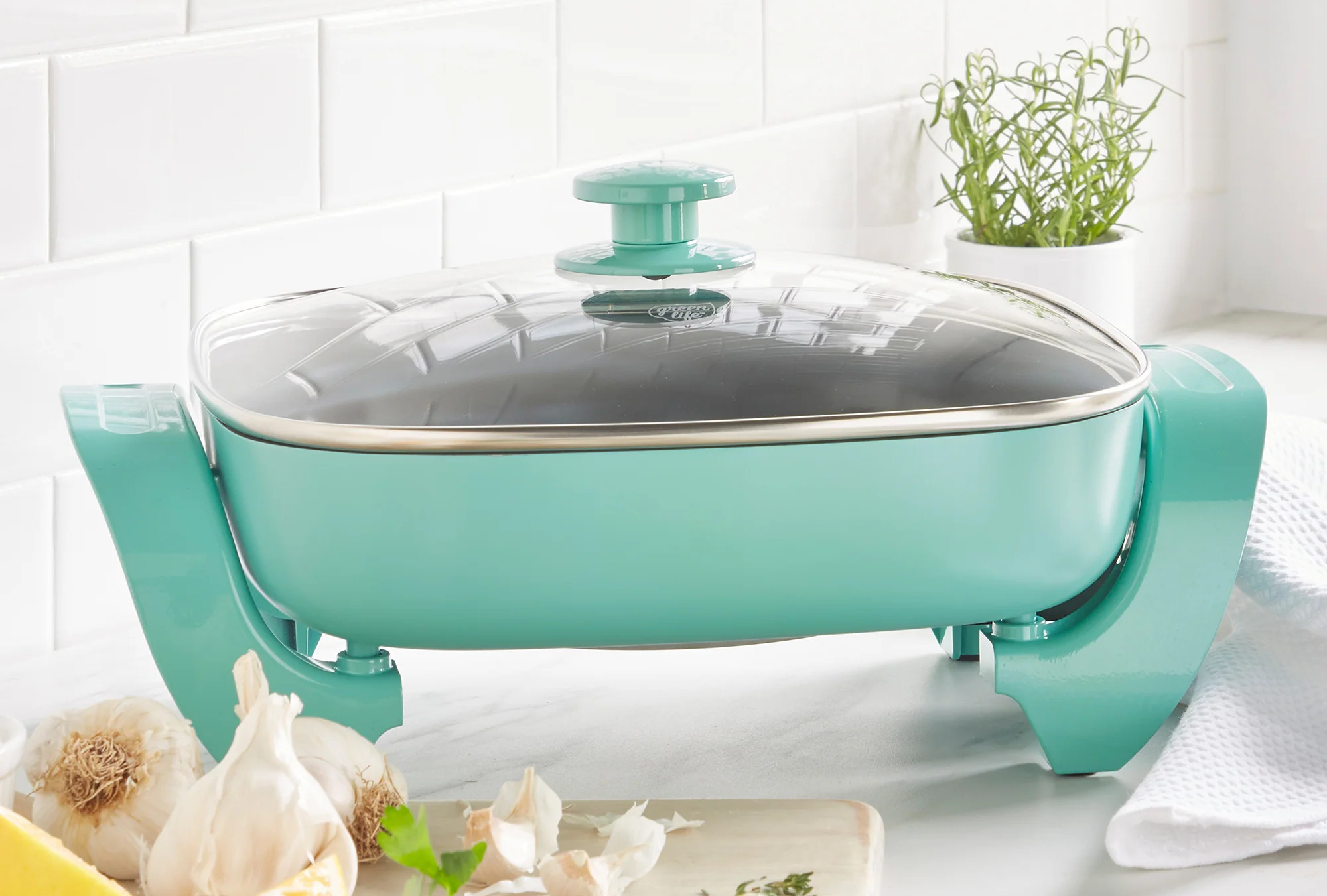

Articles
How Much Power Does An Electric Skillet Use
Modified: May 6, 2024
Discover how much power an electric skillet uses with this informative article. Learn about energy consumption and tips for efficient cooking.
(Many of the links in this article redirect to a specific reviewed product. Your purchase of these products through affiliate links helps to generate commission for Storables.com, at no extra cost. Learn more)
Introduction
Electric skillets have gained popularity in recent years as a convenient and versatile kitchen appliance. They offer a practical alternative to traditional stovetop cooking, providing a portable and efficient way to prepare meals. With their ability to heat evenly and maintain precise temperature control, electric skillets have become a staple in many households. But how much power does an electric skillet actually use? In this article, we will delve into the power consumption of electric skillets, factors affecting their power usage, and tips to reduce energy consumption while using them.
Electric skillets are essentially non-stick frying pans that are plugged into an electrical outlet instead of being placed directly on a stove burner. They typically consist of a heating element embedded in the base of the skillet, which is controlled by a temperature dial or digital settings. This allows users to easily adjust and maintain the desired cooking temperature.
When an electric skillet is turned on, the heating element starts to generate heat, which is transferred to the cooking surface. The skillet then retains and distributes the heat evenly, allowing food to be cooked thoroughly and consistently. The precise temperature control and even heat distribution make electric skillets ideal for tasks such as frying, sautéing, simmering, and braising.
In terms of power consumption, electric skillets can consume varying amounts of electricity depending on their size, wattage, and usage. The power usage of an electric skillet is typically measured in wattage, which refers to the amount of electrical power it consumes per hour of use. Higher wattage skillets tend to heat up faster and maintain the desired temperature more efficiently, but they also consume more electricity.
Various factors can affect the power consumption of an electric skillet. The most significant factor is the temperature setting used during cooking. Higher temperatures require more energy to reach and maintain, resulting in greater power usage. Conversely, using lower temperatures can help reduce energy consumption.
Another factor to consider is the duration of use. The longer the skillet is left on, the more electricity it will consume. It is important to keep in mind that electric skillets are designed to be energy efficient, but leaving them on for extended periods unnecessarily can still lead to increased power consumption.
Furthermore, the size of the electric skillet also plays a role in power consumption. Larger skillets typically have higher wattage ratings and can consume more power than smaller ones. It is important to choose a skillet size that suits your needs to avoid unnecessary energy usage.
In terms of average power usage, electric skillets typically range from 800 to 1500 watts. However, it is important to note that power consumption can vary depending on the brand, model, and specific features of the skillet.
In the next section, we will compare the power usage of electric skillets with other common kitchen appliances to provide a better understanding of their energy consumption.
Overall, electric skillets provide a convenient and efficient way to cook a variety of dishes. While they do consume power during operation, there are steps you can take to reduce energy consumption. In the following sections, we will discuss tips to minimize power usage while using an electric skillet, as well as compare its power consumption with other kitchen appliances. By understanding the power consumption of an electric skillet and optimizing its usage, you can make informed decisions to save energy and reduce your carbon footprint.
Key Takeaways:
- Electric skillets consume varying amounts of electricity based on factors like size, wattage, and temperature settings. Choosing the right size, preheating efficiently, and optimizing temperature settings can help minimize power usage.
- Comparing power usage with other kitchen appliances, electric skillets generally consume less power than traditional ovens but more than smaller appliances like microwaves. Making informed choices about appliance selection and usage can contribute to overall energy efficiency in the kitchen.
Read more: How Much Electricity Does A Water Heater Use
What is an Electric Skillet?
An electric skillet, also known as an electric frying pan or electric griddle, is a kitchen appliance that provides a portable and versatile cooking solution. It is similar to a regular frying pan or griddle, but with the added convenience of being able to plug it into an electrical outlet for cooking.
Electric skillets are typically made from durable materials such as stainless steel or aluminum and feature a non-stick cooking surface. The cooking surface is usually rectangular or oval in shape, offering a generous cooking area to accommodate various types of food.
One of the key features of an electric skillet is its heating element, which is embedded in the base of the appliance. This heating element is responsible for generating the heat needed to cook the food. The temperature of the skillet can be adjusted using a temperature dial or digital controls, allowing for precise temperature control during cooking.
The versatility of an electric skillet is one of its major advantages. It can be used for a wide range of cooking tasks, including frying, sautéing, simmering, braising, and even baking. With its even heat distribution and temperature control, an electric skillet can provide consistent results and is suitable for cooking a variety of dishes, from breakfast favorites like pancakes and bacon, to stir-fries, casseroles, and even desserts.
One of the main benefits of using an electric skillet is its portability. Unlike traditional stovetop pans, which require a heat source such as a burner, an electric skillet can be used anywhere there is access to an electrical outlet. This makes it a convenient option for camping trips, dorm rooms, small apartments, or any place where a full-sized stove may not be available.
In addition to its portability, electric skillets are also designed to be user-friendly. They are equipped with handles for easy transportation, and many models have removable cooking surfaces for easy cleaning. The non-stick coating on the cooking surface ensures that food doesn’t stick, making clean-up a breeze.
Furthermore, electric skillets offer energy efficiency compared to traditional stovetop cooking. The heating element in the skillet applies heat directly to the cooking surface, resulting in faster and more efficient cooking. This can help to save both time and energy in the kitchen.
Overall, an electric skillet is a versatile and convenient kitchen appliance that offers a portable cooking solution. With its temperature control, even heat distribution, and non-stick surface, it provides a reliable cooking experience for a variety of dishes. Whether you’re cooking a simple breakfast or preparing a gourmet meal, an electric skillet can be a valuable addition to your kitchen arsenal.
How an Electric Skillet Works
Electric skillets are innovative kitchen appliances that offer a practical and efficient way to cook a variety of dishes. Understanding how an electric skillet works can help you make the most of this versatile appliance.
At the core of an electric skillet is a heating element, typically located in the base of the appliance. The heating element is responsible for generating the heat needed to cook the food. It is powered by electricity when the skillet is plugged into an electrical outlet.
When you turn on an electric skillet, the heating element starts to produce heat. This heat is then transferred to the cooking surface of the skillet. The cooking surface is usually made of materials like stainless steel, cast iron, or aluminum with a non-stick coating to prevent food from sticking.
The heat generated by the heating element is distributed evenly across the cooking surface, allowing for consistent and thorough cooking. This even heat distribution ensures that your food is cooked evenly, without any hot spots.
Unlike traditional stovetop cooking, where the heat source is a gas flame or electric burner, electric skillets offer precise temperature control. They come equipped with a temperature dial or digital controls that allow you to adjust the cooking temperature according to your specific needs. This allows for greater control over the cooking process, ensuring that your food is cooked to perfection.
The temperature control feature also allows you to use different cooking methods such as frying, sautéing, simmering, and even baking in an electric skillet. By adjusting the temperature, you can achieve the desired results for different recipes.
Moreover, electric skillets are designed with safety features to prevent overheating or damage. Many models have built-in mechanisms that automatically shut off the heating element if the skillet reaches a certain temperature. This not only ensures the safety of the appliance but also prevents food from burning or sticking to the surface.
Cleaning an electric skillet is also relatively easy. Most skillets have removable cooking surfaces that can be washed separately. The non-stick coating on the cooking surface makes it easier to clean, as food particles can be easily wiped away with a sponge or cloth.
In summary, an electric skillet works by using a heating element in the base to generate heat that is transferred to the cooking surface. The even heat distribution and precise temperature control make it an efficient and versatile tool for a variety of cooking tasks. By understanding how an electric skillet works, you can make the most of this appliance and enjoy delicious meals with less hassle in the kitchen.
Power Consumption of an Electric Skillet
When it comes to using an electric skillet, understanding its power consumption is essential to manage energy usage effectively. The power consumption of an electric skillet refers to the amount of electrical power it consumes during operation, typically measured in watts.
The power consumption of an electric skillet can vary depending on several factors, including its size, wattage, and usage. Generally, electric skillets have wattage ratings that range from 800 to 1500 watts. Higher wattage skillets tend to heat up faster and maintain the desired temperature more efficiently, but they also consume more electricity.
The temperature setting that you choose while cooking plays a significant role in the power consumption of an electric skillet. Higher temperatures require more energy to reach and maintain, resulting in greater power usage. Conversely, using lower temperatures can help reduce energy consumption.
The duration for which you keep the electric skillet turned on also affects power consumption. Leaving the skillet on for extended periods unnecessarily can lead to increased power usage. To conserve energy, it’s advisable to only keep the skillet on for as long as needed to cook your food thoroughly.
The size of the electric skillet is another factor that influences power consumption. Generally, larger skillets have higher wattage ratings and can consume more power than smaller ones. It’s important to choose a skillet size that suits your cooking needs to avoid unnecessary energy usage. If you’re preparing a small meal, using a smaller skillet can help minimize power consumption.
It’s worth noting that while electric skillets are designed to be energy efficient, they still require electricity to operate. To determine the exact power consumption of your electric skillet, you can refer to the manufacturer’s specifications or check the wattage rating mentioned on the appliance.
In terms of energy usage, it’s important to compare the power consumption of an electric skillet with other common kitchen appliances. Electric skillets generally consume less power than traditional ovens or stovetops. However, compared to smaller appliances such as microwaves or toasters, electric skillets typically consume more energy due to their higher wattage ratings and longer cooking durations.
To minimize power consumption while using an electric skillet, consider the following tips:
1. Use the appropriate size skillet for your needs to avoid excess energy usage.
2. Preheat the skillet only when necessary and turn it off as soon as you’re done cooking.
3. Choose lower temperature settings whenever possible to reduce energy consumption.
4. Keep the lid on the skillet while cooking to help retain heat and minimize energy loss.
5. Clean the skillet promptly after use to maintain its efficiency.
By being mindful of power consumption while using an electric skillet, you can make conscious efforts to reduce energy usage and contribute to a more sustainable and efficient kitchen.
Factors Affecting Power Consumption
Several factors influence the power consumption of an electric skillet. Understanding these factors can help you make informed decisions to manage energy usage more effectively. Here are some key factors that can affect the power consumption of an electric skillet:
1. Temperature Setting: The temperature setting you choose for cooking plays a significant role in power consumption. Higher temperature settings require more energy to reach and maintain, resulting in greater power usage. On the other hand, using lower temperature settings can help reduce energy consumption.
2. Size and Wattage: The size and wattage of the electric skillet are important factors affecting power consumption. Larger skillets typically have higher wattage ratings and can consume more power than smaller ones. It’s important to choose a skillet size that suits your cooking needs to avoid unnecessary energy usage.
3. Cooking Duration: The length of time you keep the electric skillet turned on affects power consumption. Leaving the skillet on for extended periods unnecessarily can lead to increased power usage. To conserve energy, only keep the skillet on for as long as needed to cook your food thoroughly.
4. Heating Element Efficiency: The efficiency of the heating element in the electric skillet can impact power consumption. Skillets with more efficient heating elements heat up faster and maintain the desired temperature more efficiently, resulting in lower energy usage. Choosing a high-quality electric skillet with a reliable heating element can contribute to energy savings.
5. Cooking Method: The cooking method used in the electric skillet can also affect power consumption. Different cooking techniques require varying levels of heat and energy. For example, frying food at high temperatures may use more energy compared to simmering or sautéing. Being mindful of the cooking method and adjusting the temperature accordingly can help reduce power consumption.
6. Energy Loss: Energy loss during cooking can contribute to higher power consumption. Factors such as uncovered pans, improper cooking techniques, or prolonged cooking times can result in energy loss. To minimize energy loss, it’s advisable to cover the skillet with a lid when necessary and practice efficient cooking techniques.
7. User Behavior: The behavior of the user can also impact power consumption. For example, turning off the skillet immediately after cooking instead of leaving it on standby can help save energy. Additionally, regular maintenance and cleaning of the electric skillet can ensure its optimal performance and energy efficiency.
It’s important to note that the power consumption of an electric skillet can vary depending on the specific model, brand, and features. It’s recommended to refer to the manufacturer’s specifications or check the wattage rating mentioned on the appliance for a more accurate understanding of its power consumption.
By considering these factors and adopting energy-saving practices, you can minimize power consumption while using an electric skillet and contribute to a more sustainable and efficient culinary experience.
When using an electric skillet, try to keep the temperature setting as low as possible to save on power consumption. Using a lid can also help to retain heat and cook more efficiently.
Read more: How Much Electricity Does A Power Strip Use
Average Power Usage of Electric Skillets
The power usage of electric skillets can vary depending on several factors including size, wattage, temperature settings, and cooking duration. Although individual models may have specific power consumption rates, we can provide an average range to give you a general idea of the power usage of electric skillets.
On average, electric skillets have wattage ratings that range from 800 to 1500 watts. Higher wattage skillets tend to heat up faster and maintain the desired temperature more efficiently, but they also consume more electricity. Likewise, smaller skillets with lower wattage ratings will generally consume less power compared to larger ones.
The temperature setting you choose while cooking also affects power consumption. Higher temperatures require more energy to reach and maintain, resulting in greater power usage. On the other hand, using lower temperature settings can help reduce energy consumption.
The cooking duration is another factor that influences power usage. The longer you keep the electric skillet turned on, the more electricity it will consume. It’s important to note, however, that electric skillets are designed to be energy efficient. Properly utilizing the skillet by only keeping it on for as long as necessary can help minimize power consumption.
While the average power usage of electric skillets can vary, it is estimated that they typically consume around 1000 to 1200 watts during operation. This average range takes into account the variations in size, wattage, and temperature settings commonly found in electric skillets.
To get a more precise measurement for your specific electric skillet, it is recommended to refer to the manufacturer’s specifications or check the wattage rating mentioned on the appliance itself. This will provide you with accurate information about the power usage of your particular electric skillet model.
Compared to other kitchen appliances, electric skillets generally consume less power than traditional ovens or stovetops. However, when compared to smaller appliances such as microwaves or toasters, electric skillets typically consume more energy due to their higher wattage ratings and longer cooking durations.
It’s important to note that while electric skillets do consume power during operation, they offer the convenience of portability and precise temperature control. By understanding the average power usage of electric skillets and taking appropriate steps to manage energy consumption, you can optimize their use and achieve energy-efficient cooking results.
Comparing Power Usage with Other Kitchen Appliances
Understanding the power usage of kitchen appliances can help you make informed decisions about energy consumption in your daily cooking routine. Let’s compare the power usage of electric skillets with other common kitchen appliances to provide a better understanding of their energy consumption.
Electric skillets typically have wattage ratings ranging from 800 to 1500 watts. On average, they consume around 1000 to 1200 watts during operation. Compared to traditional ovens or stovetops, electric skillets generally consume less power. Traditional ovens can have wattage ratings between 1000 to 5000 watts, depending on their size and features. Stovetops with electric burners typically range from 1000 to 2500 watts. Gas burners, on the other hand, use less power, averaging around 400 to 1000 watts.
When compared to smaller kitchen appliances, such as microwaves or toasters, electric skillets typically consume more energy due to their higher wattage ratings and longer cooking durations. Microwaves generally range from 600 to 1200 watts, while toasters typically operate at around 800 to 1500 watts.
It’s important to note that while electric skillets may consume more power compared to these smaller appliances, their versatility and cooking efficiency can outweigh the power consumption in terms of convenience and time savings.
To make the most energy-efficient choices in the kitchen, it’s important to consider the following tips:
1. Choose the right appliance for the task: Utilize smaller appliances like microwaves or toasters for quick heating or single-serving meals, while using larger appliances like electric skillets or ovens for larger meals or recipes that require more intensive cooking.
2. Match cookware to the heating source: Using appropriately sized cookware on stovetops or electric skillets can help maximize energy efficiency by minimizing heat loss.
3. Invest in energy-efficient appliances: When purchasing new kitchen appliances, consider models with energy-efficient features and high energy efficiency ratings. Look for appliances with the ENERGY STAR label, as they are designed to meet strict energy efficiency guidelines.
4. Optimize settings and cooking times: Be mindful of temperature settings and cooking times. Preheating only when necessary and using lower temperature settings can help reduce power consumption while still achieving desired cooking results.
5. Plan and batch cook: Efficiently plan your meals to minimize the use of multiple appliances or cooking sessions. Batch cooking or utilizing leftovers can save time, energy, and reduce the overall power usage in the kitchen.
By considering these factors and making informed choices about the energy consumption of kitchen appliances, you can create a more energy-efficient cooking environment and reduce your carbon footprint in the long run.
Tips to Reduce Power Consumption of an Electric Skillet
Electric skillets are convenient and versatile kitchen appliances, but it’s important to be mindful of their power consumption to save energy and reduce electricity costs. Here are some tips to help you minimize the power usage of your electric skillet:
1. Choose the right size: Select an electric skillet that matches the size of your cooking needs. Using a smaller skillet for smaller portions can help minimize power consumption as the heating element will have less surface area to heat.
2. Preheat efficiently: Preheating an electric skillet is essential for cooking, but be mindful of the time. Preheat the skillet for the appropriate duration, based on the recipe requirements. Avoid excessively long preheating times, as this can lead to unnecessary energy usage.
3. Optimize temperature settings: Use the temperature dial or digital controls to set the skillet to the lowest temperature necessary for your cooking needs. Lower temperature settings consume less energy compared to higher settings.
4. Cover the skillet: Keep the skillet covered with a lid while cooking to trap heat inside. This helps in reducing heat loss and allows for more efficient cooking, thereby minimizing power consumption.
5. Use residual heat: Once you have achieved the desired cooking results, you can turn off the electric skillet a few minutes before the food is fully cooked. The residual heat in the skillet can continue cooking the food without consuming additional energy.
6. Practice efficient cooking techniques: Utilize cooking techniques that require less energy. For instance, consider using the simmering or sautéing settings instead of frying at high temperatures, as this can help reduce power consumption.
7. Choose energy-saving recipes: Opt for recipes that require shorter cooking times or utilize multiple ingredients that can be cooked together. This reduces the overall cooking duration and minimizes energy usage.
8. Keep the skillet clean: Regularly clean the non-stick cooking surface of the electric skillet. A clean surface ensures better heat transfer, allowing the skillet to operate more efficiently and reducing the need for higher power consumption.
9. Unplug when not in use: When you’re finished using the electric skillet, unplug it from the electrical outlet. Even in standby mode, appliances can consume a small amount of power, known as standby power or vampire power. Unplugging the skillet completely eliminates this unnecessary energy consumption.
10. Consider energy-efficient models: If you’re in the market for a new electric skillet, look for models that are designed with energy-saving features and have high energy efficiency ratings. These appliances are designed to minimize power consumption while still delivering excellent cooking performance.
By implementing these tips, you can reduce the power consumption of your electric skillet and make your cooking routine more energy-efficient. Remember, small changes can add up to significant energy and cost savings over time.
Conclusion
Electric skillets provide a practical and versatile cooking solution in many kitchens. Understanding their power consumption and adopting energy-saving practices can help you minimize electricity usage and contribute to a more sustainable lifestyle.
In this article, we explored various aspects of electric skillets, including what they are, how they work, and their power consumption. We learned that electric skillets are portable and convenient kitchen appliances equipped with a heating element in the base. This heating element generates heat and transfers it to the cooking surface, allowing for precise temperature control and even heat distribution.
Power consumption in electric skillets can vary depending on factors such as size, wattage, temperature settings, and cooking duration. Higher temperature settings and longer cooking durations typically result in greater power usage. It’s important to choose the appropriate skillet size, opt for lower temperature settings when possible, and consider efficient cooking techniques to minimize energy consumption.
When comparing the power usage of electric skillets with other kitchen appliances, we found that electric skillets generally consume less power than traditional ovens or stovetops, but more power than smaller appliances like microwaves or toasters. Making informed choices about appliance selection and usage can contribute to overall energy efficiency in the kitchen.
To reduce power consumption while using an electric skillet, we provided several practical tips. These include choosing the right size skillet, preheating efficiently, optimizing temperature settings, covering the skillet when cooking, utilizing residual heat, practicing energy-saving cooking techniques, keeping the skillet clean, unplugging when not in use, and considering energy-efficient models.
By implementing these tips and being mindful of power consumption, you can maximize the energy efficiency of your electric skillet without compromising on cooking performance. This not only helps reduce electricity costs but also minimizes your environmental impact.
Remember, small changes in your cooking habits can make a big difference in energy conservation. By actively managing power consumption in your kitchen appliances, including electric skillets, you can contribute to a greener future while enjoying delicious meals. So, let’s cook efficiently, save energy, and enjoy the benefits of electric skillets in a more sustainable way.
If you're keen on harnessing electric appliances for kitchen tasks, why stop at skillets? Discover the art of preparing delicious, nutritious carrots using an electric pressure cooker. This guide offers practical steps and insightful tips to make the most out of electric cooking devices. Cooking with electricity not only saves time but also promotes energy efficiency. Dive into our next article to learn more about efficient electric cooking methods that keep flavors intact and your meals healthful.
Frequently Asked Questions about How Much Power Does An Electric Skillet Use
Was this page helpful?
At Storables.com, we guarantee accurate and reliable information. Our content, validated by Expert Board Contributors, is crafted following stringent Editorial Policies. We're committed to providing you with well-researched, expert-backed insights for all your informational needs.
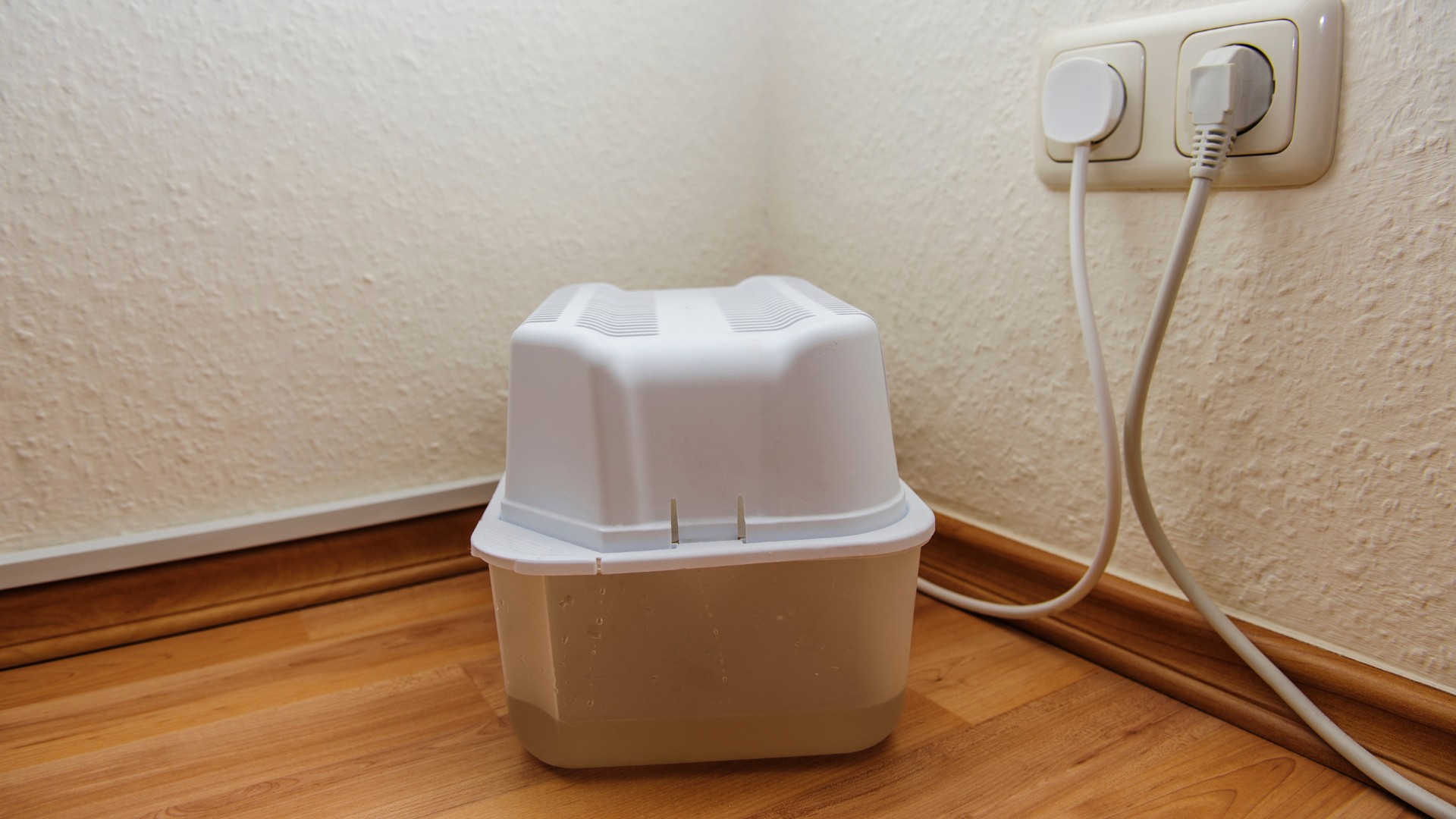
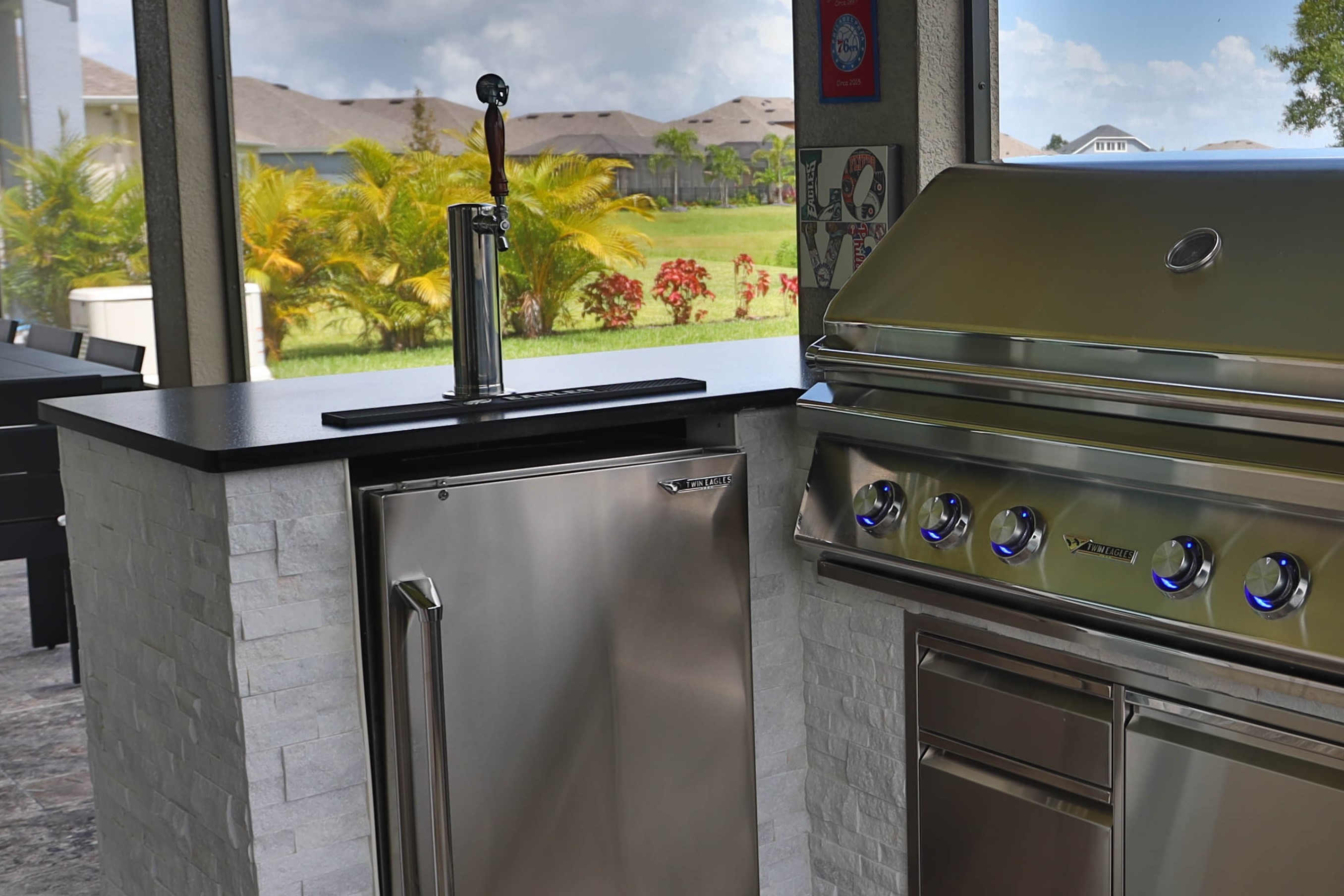
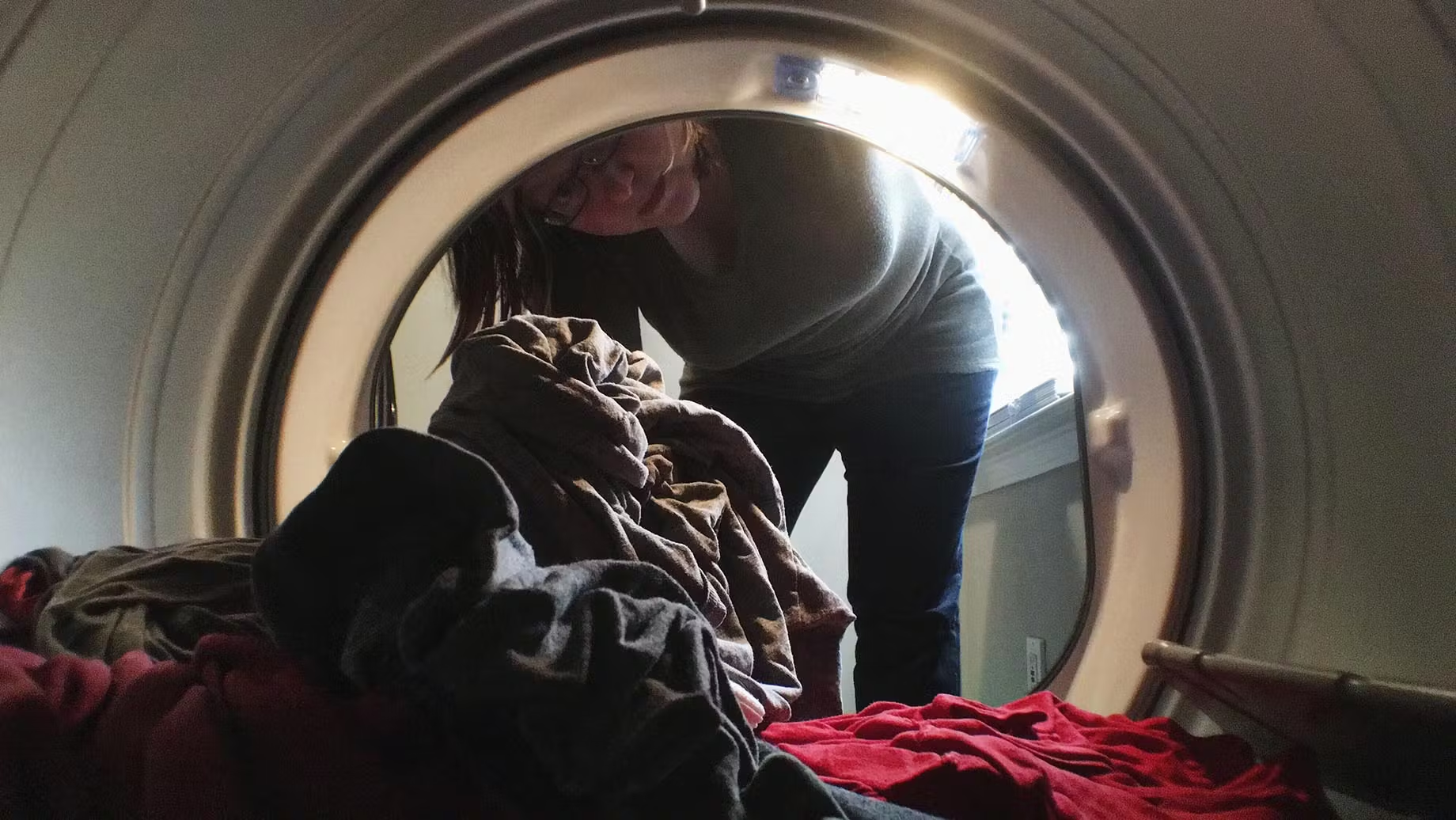
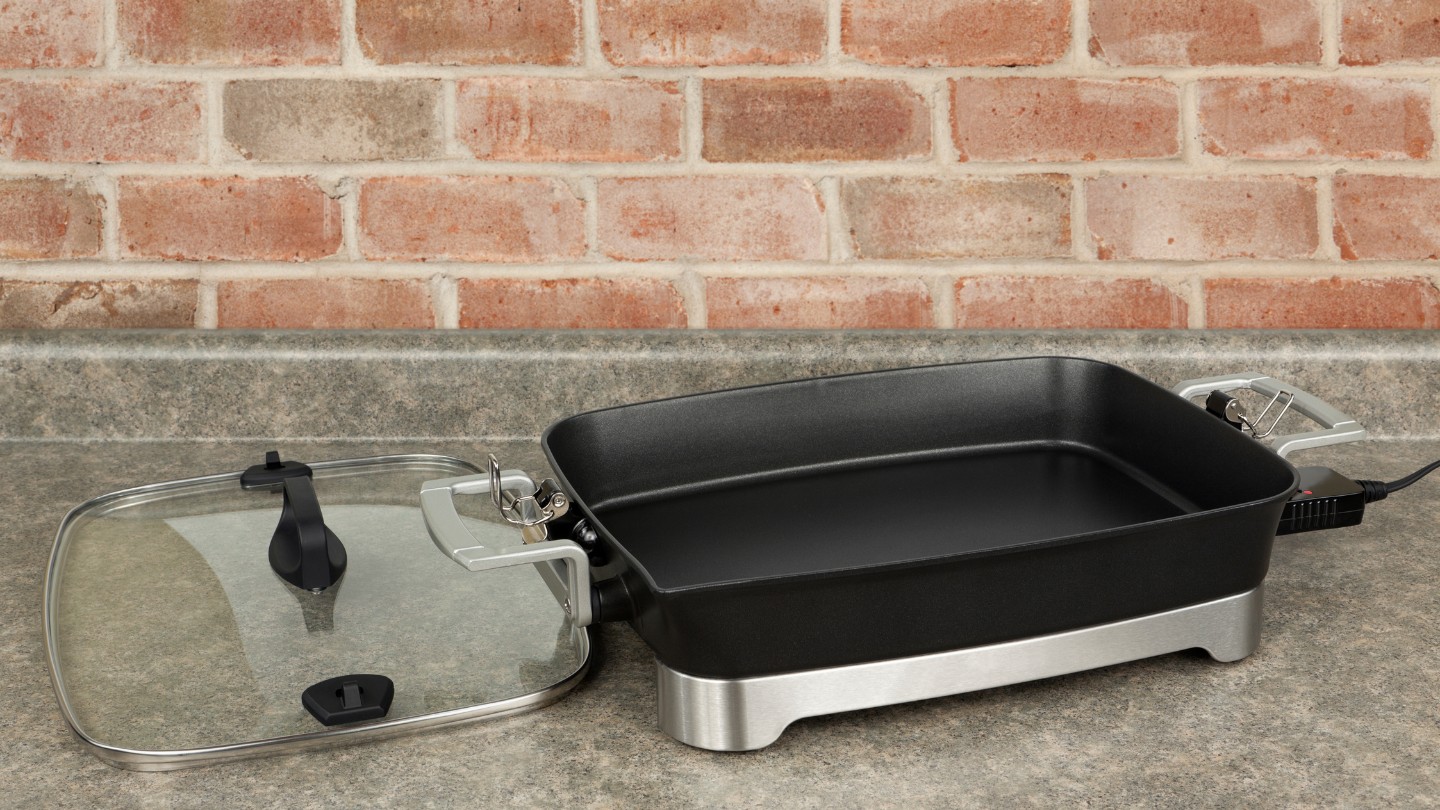
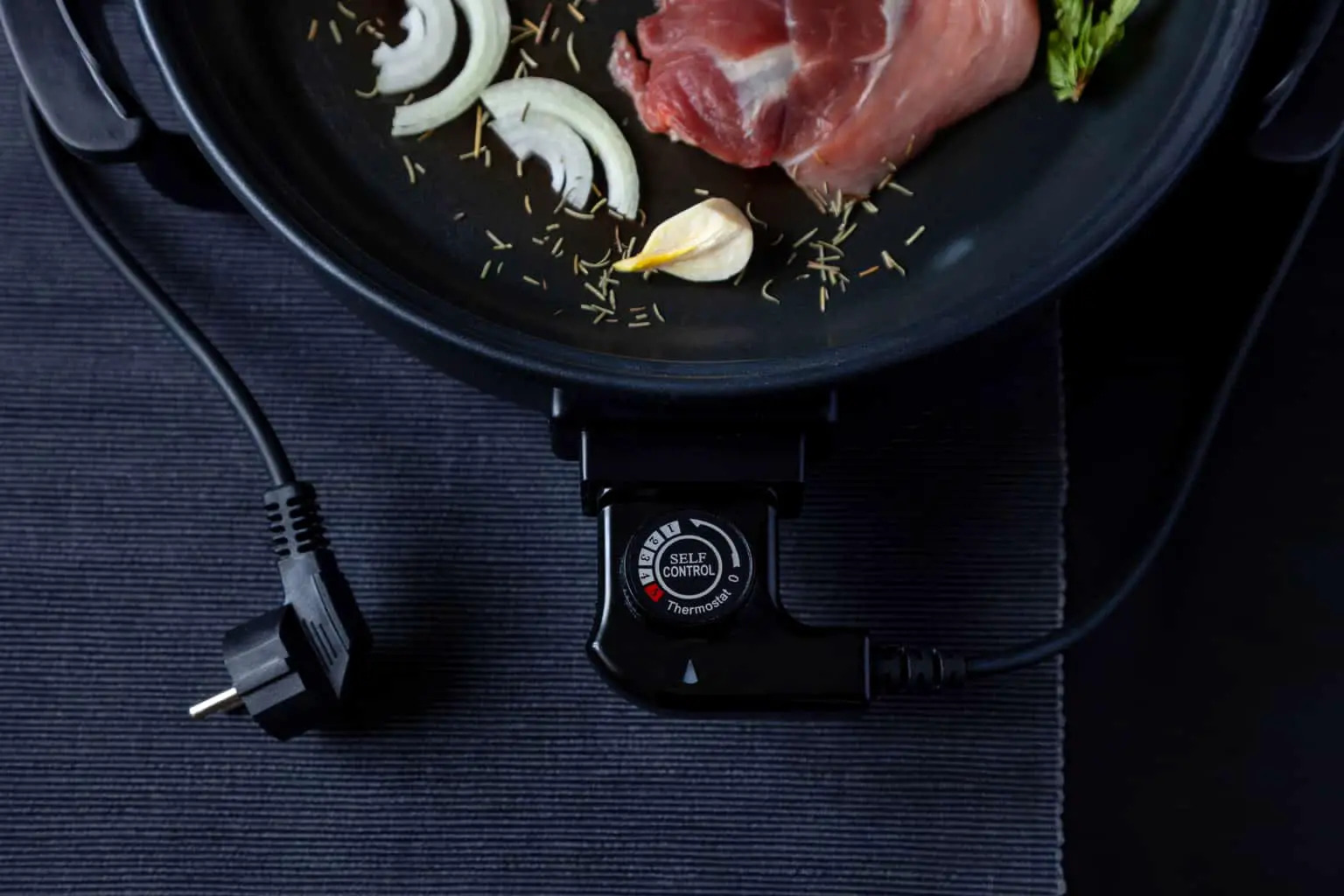
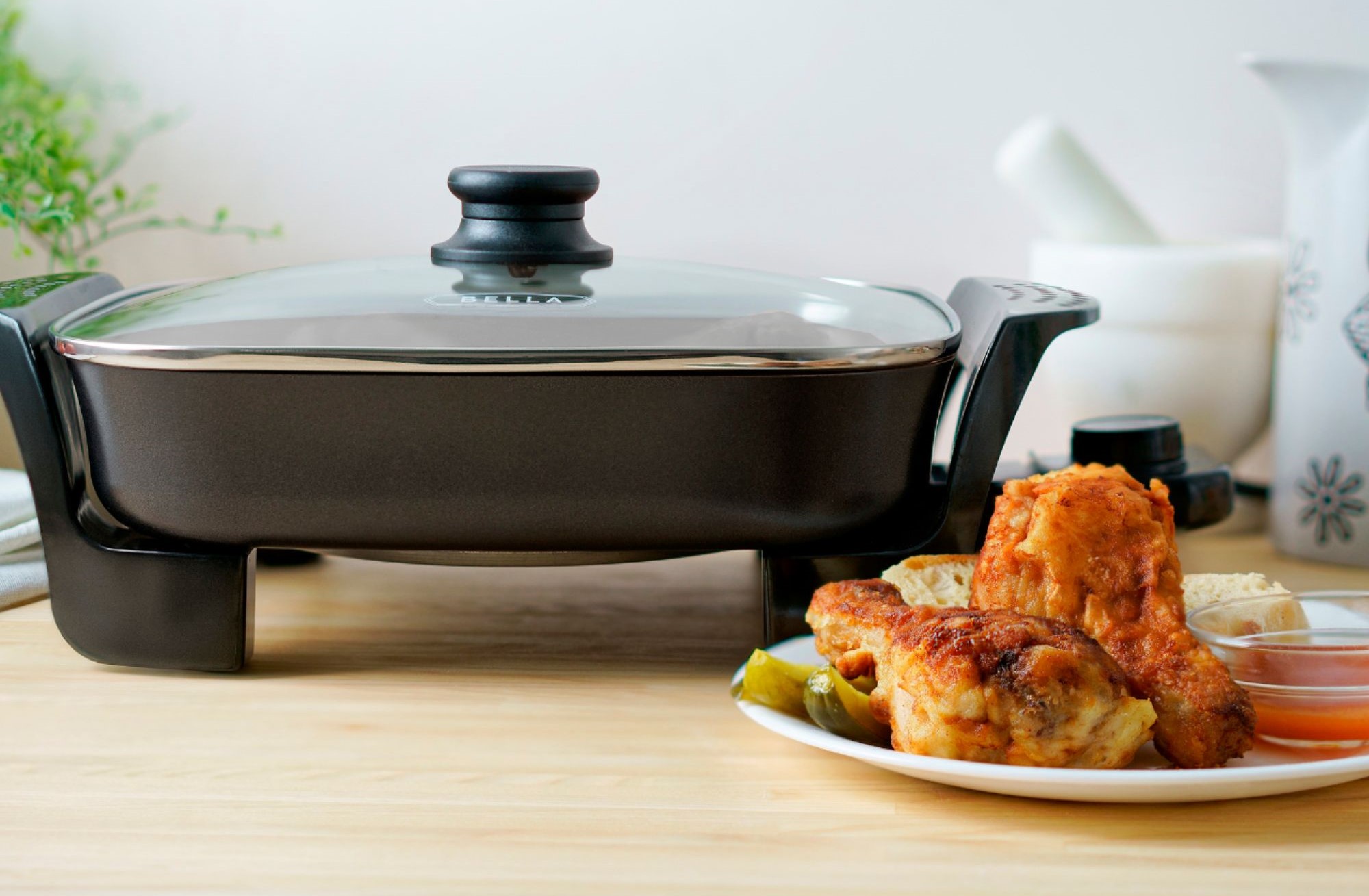
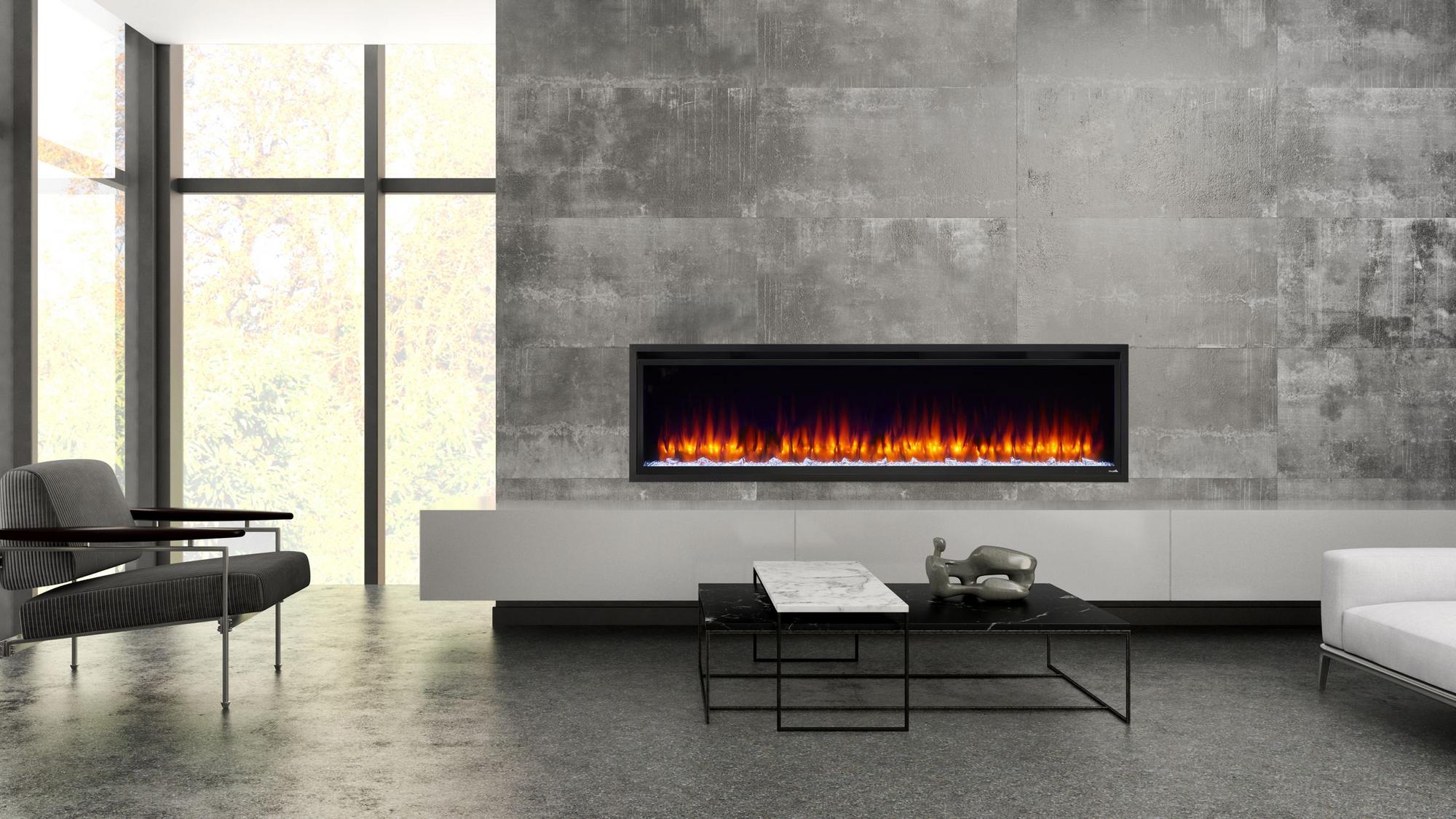
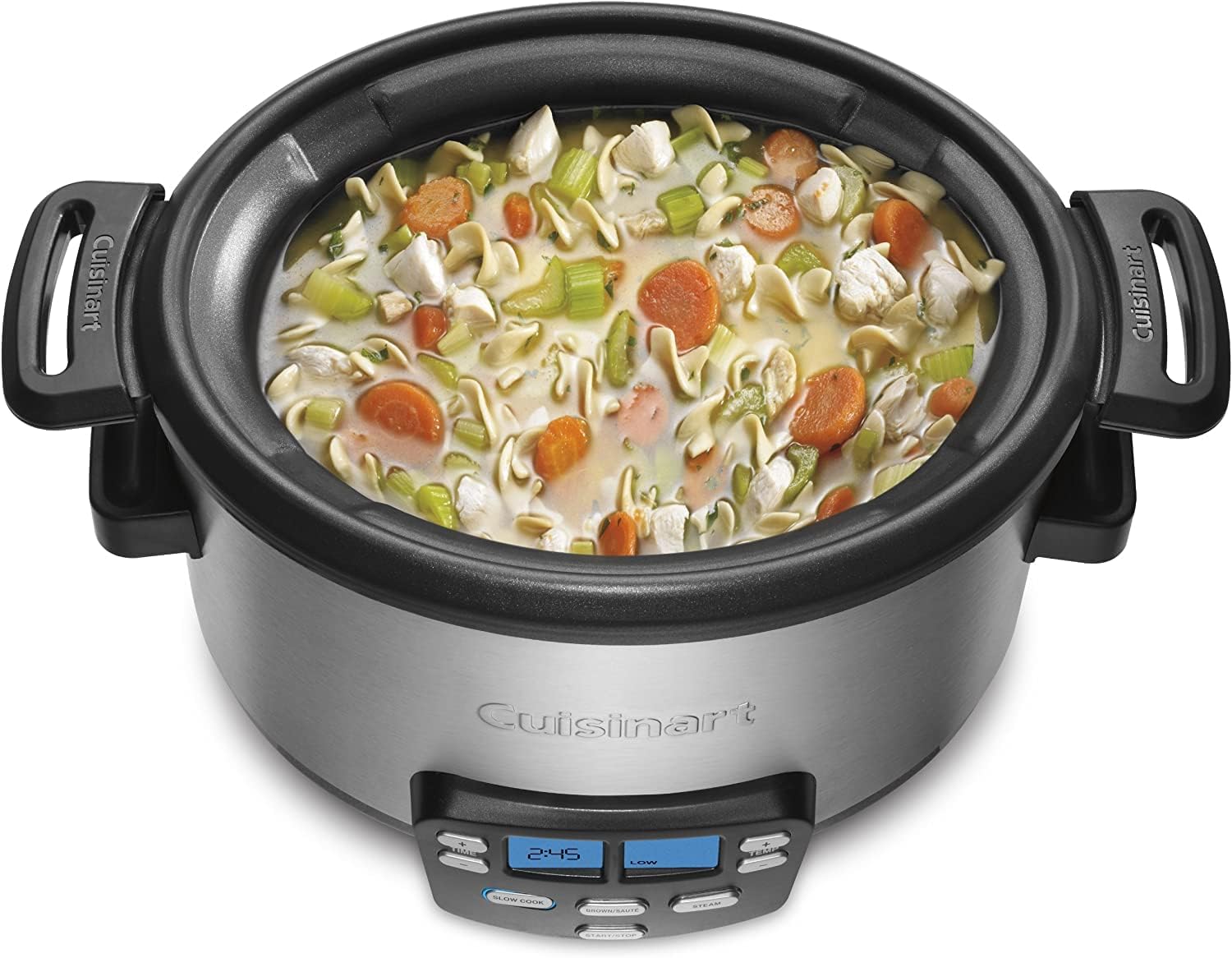
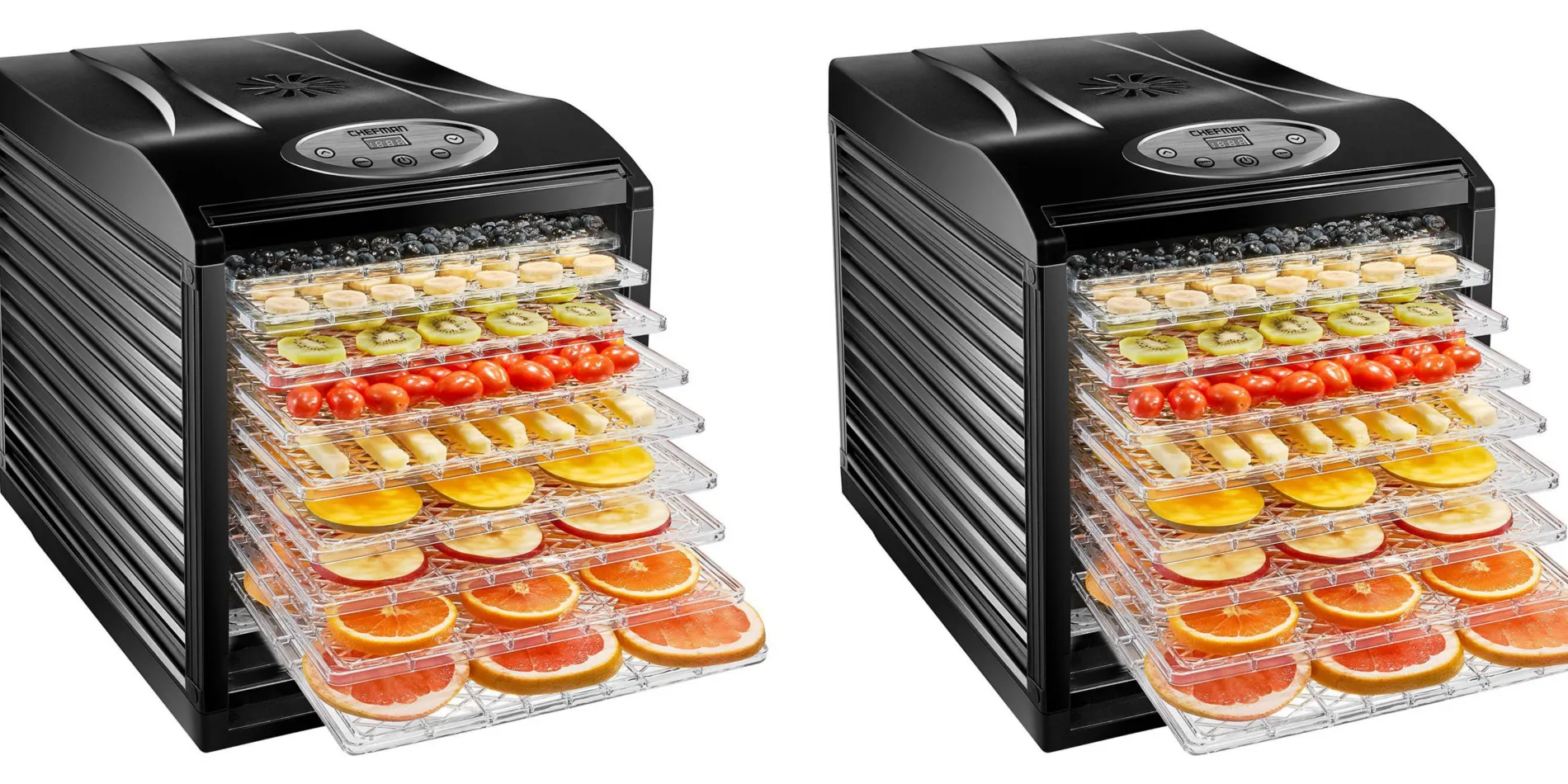
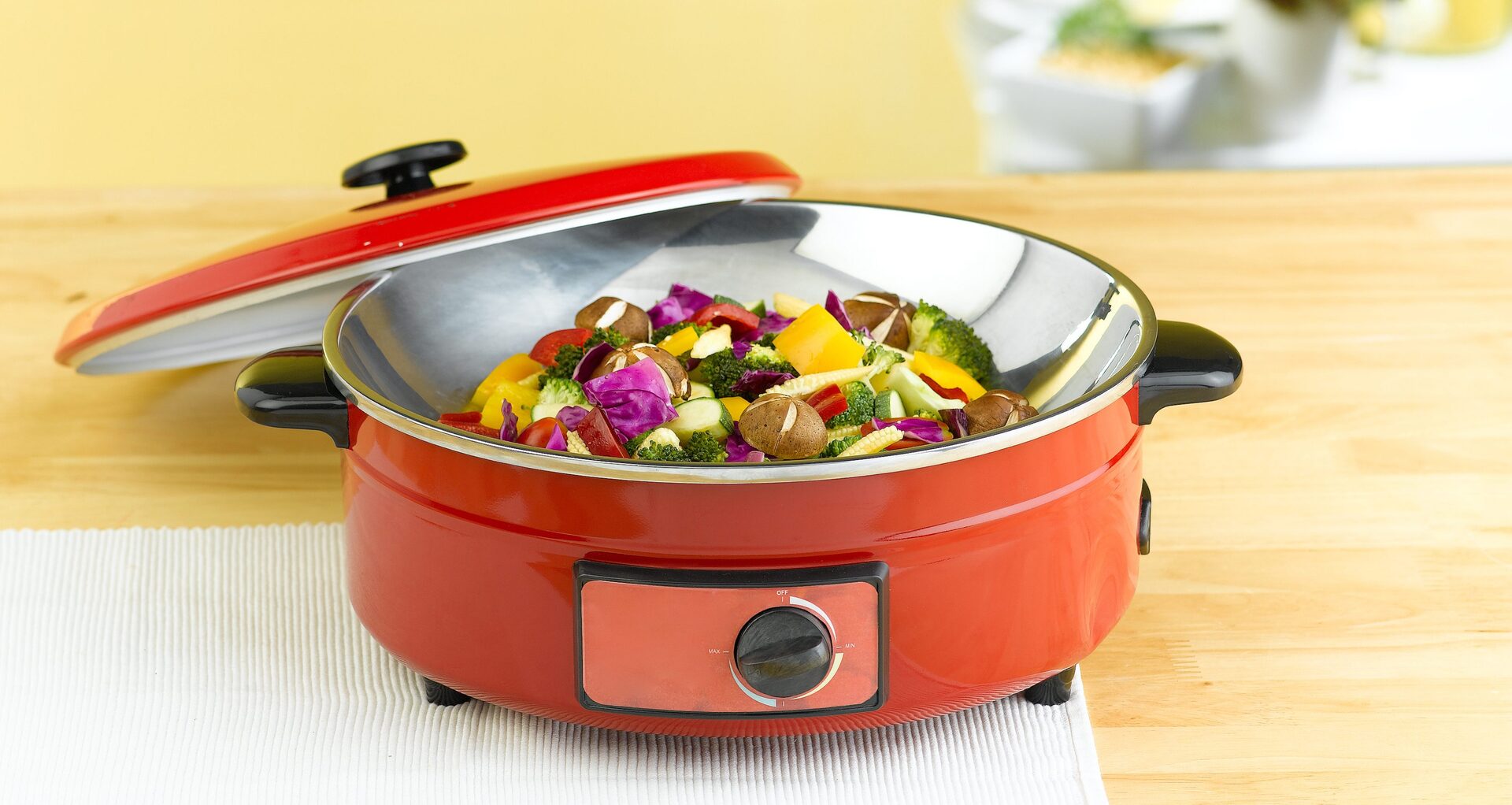
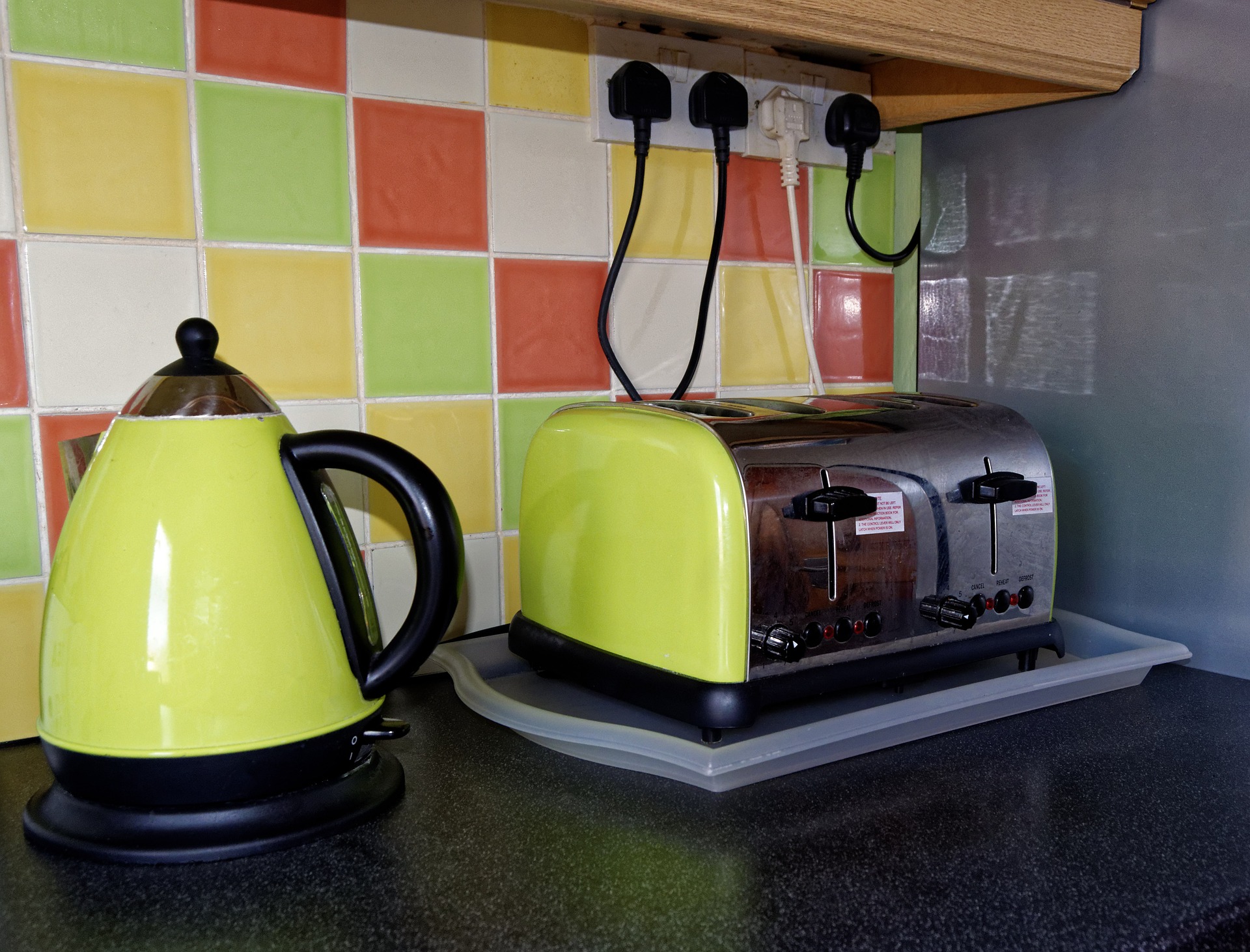
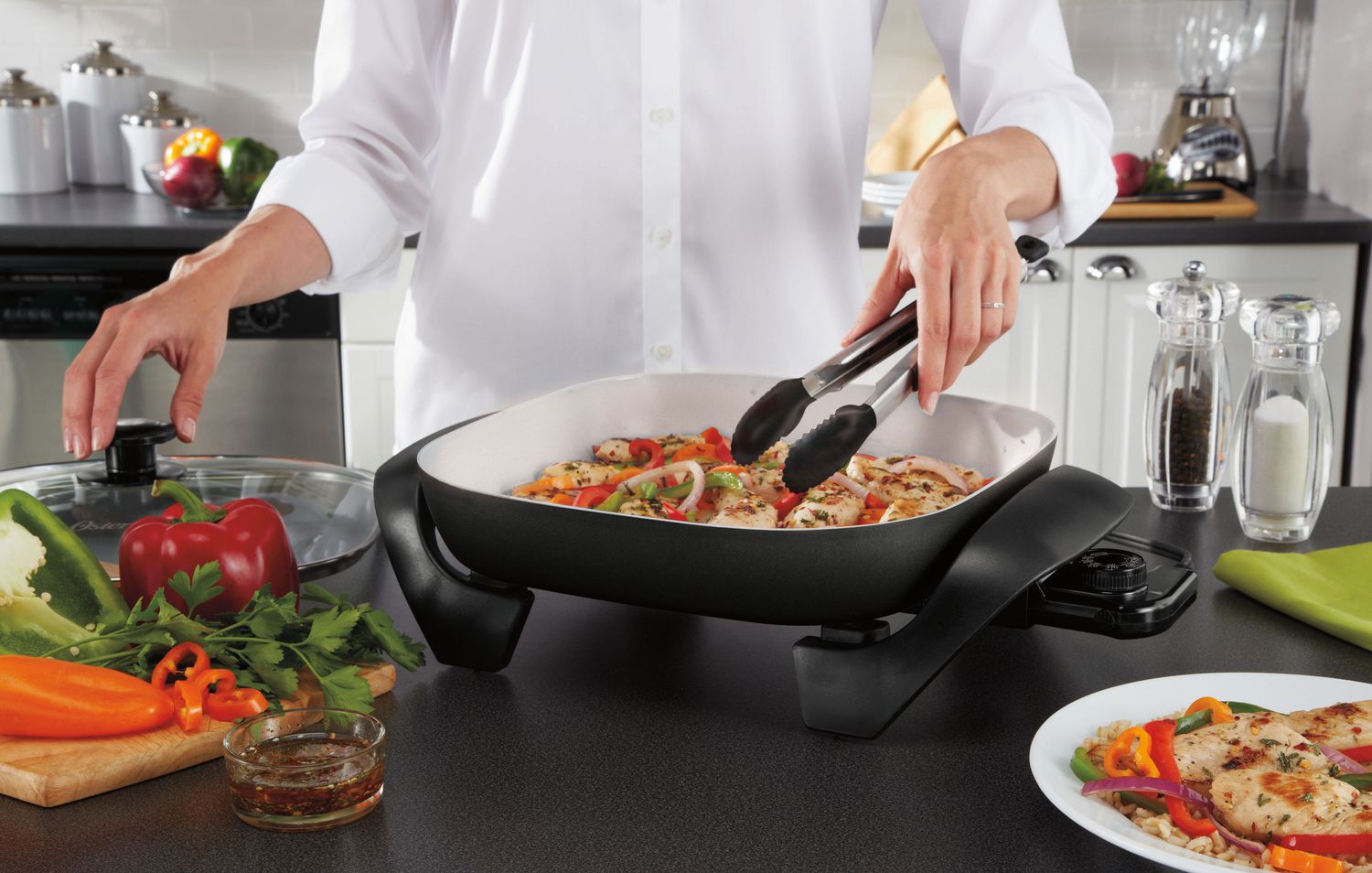
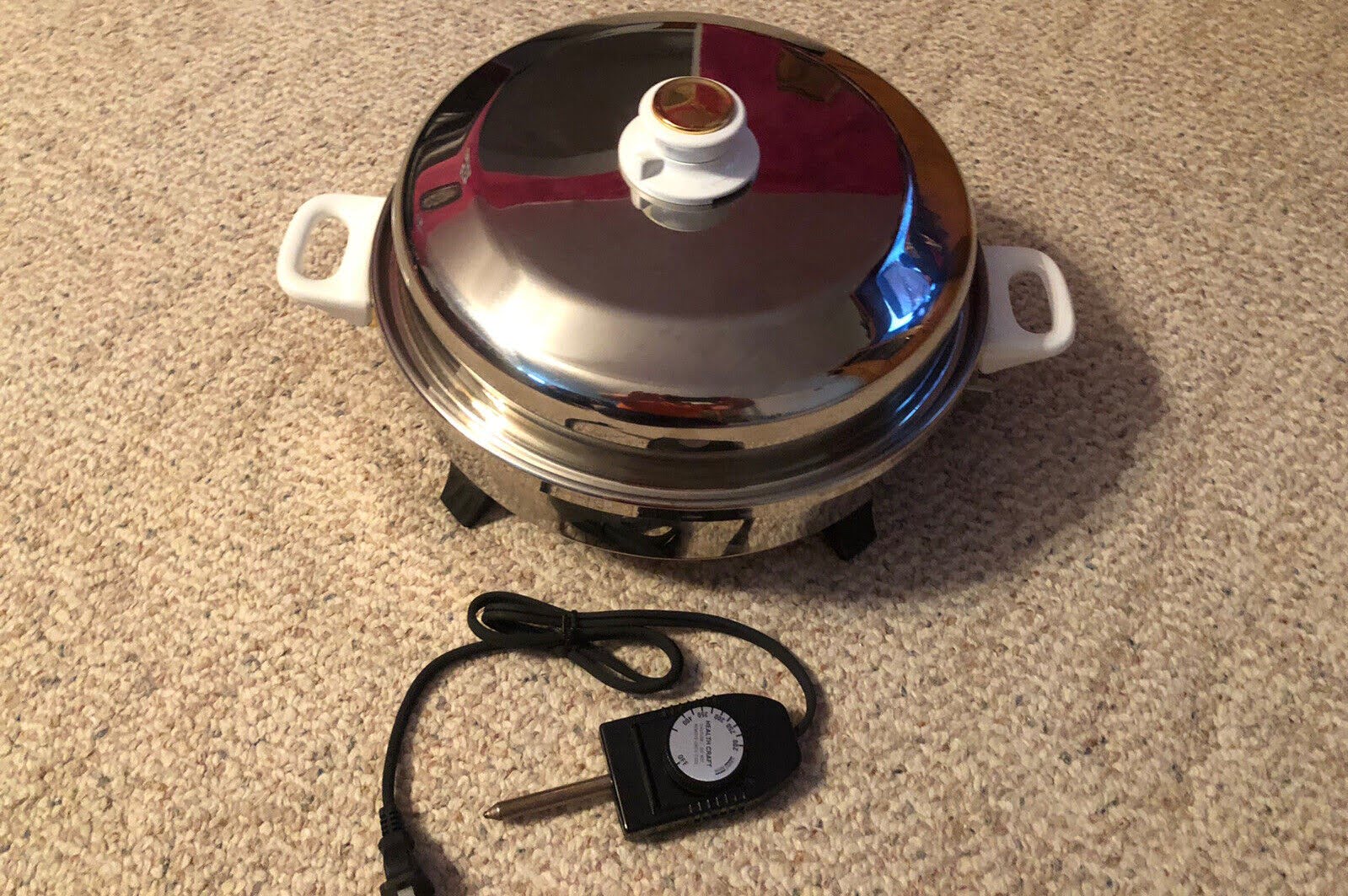
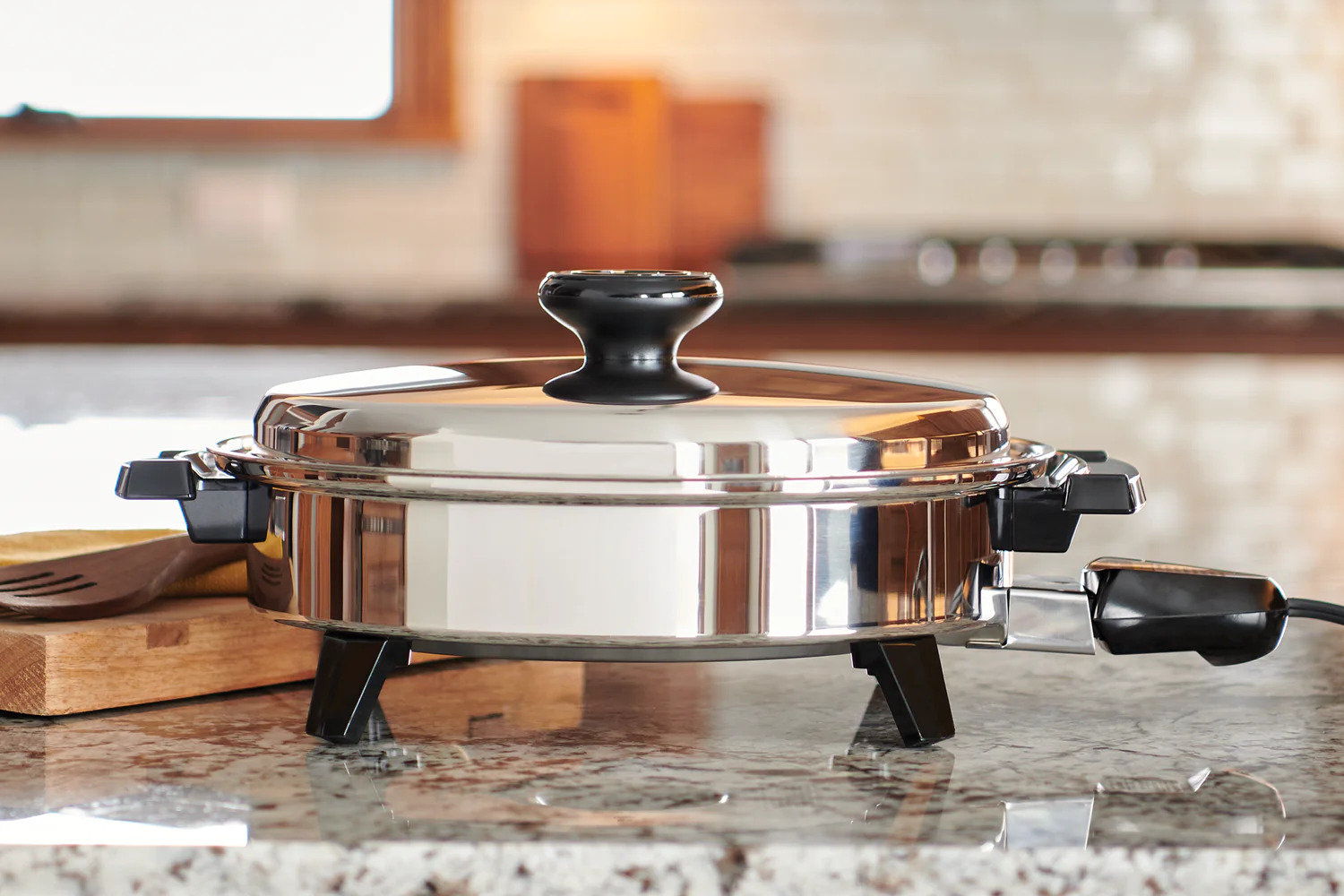

0 thoughts on “How Much Power Does An Electric Skillet Use”